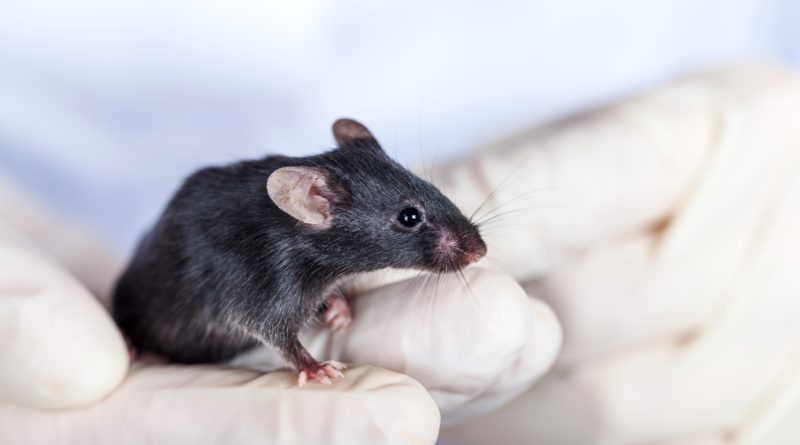Same-Sex Mice Can Have Babies
4,853 total views, 1 views today
Researchers at the Chinese Academy of Sciences have said it’s possible to have baby mice from two mothers (bi-maternal) but no father. Factually, they have achieved this through an enormous use of genetic engineering. The scientists have said the produced mice from two mothers are in good, complete health and have even gone ahead to produce babies of their own.
They were able to produce mice from the same father as well, but the result is not as fascinating as the mice attempted bi-paternally died just within their few days of existence.
The reason for the scientists trying this experiment is to find out if there is any reason for sex between opposite sex before a baby can be produced.
Parthenogenesis is an asexual reproductive method also called virgin births and as strange as it might sound, it happens to amphibians, reptiles, and even some female fish. But mammals, including human beings, can only reproduce through sexual reproduction, that is, there is a need for an egg from female and sperm from a male before new babies can be made.
These Chinese researchers’ purpose for doing this was to find out which particular guideline for reproduction did they have to tweak for same-sex babies to come to pass which makes understanding the said guidelines very crucial.
According to Prof. Robin Lovell-Badge at the Frank Crick Institute: “It is an interesting paper… they are trying to work out what you would have to do to turn us into turkeys” (Turkeys can also reproduce asexually).
So how did they achieve this? They achieved it with a lot of cutting-edge science. It was easier with two mothers than with two fathers.
For the two mothers, the researchers chose one egg from one mouse and a haploid embryonic stem cell which is a special cell type from the other female mouse. To bring them together was not sufficient as they both had only half of the required genetic instructions or DNA, then, the researchers used a kind of technology called gene editing to increase their compatibility by deleting three sets of genetic instructions.
For two fathers, it was more complex as the researchers chose a male haploid embryonic stem cell, a sperm, and also an egg that all of its own genetic information had to be discarded and also seven genes were deleted to make sure this worked but it did not work as well, as all the mice produced from two fathers (bi-paternal) died within 48 hours of their birth.
The main lesson learned with this research is that the reason for having sex is because of our genetic instructions, DNA does not act the same way which depends on whether it is from the male or the female. All these get thrown off track without the male and the female counterparts.
Parts of the DNA in eggs and parts of the DNA in sperm already have different imprints that differentiate how they act, it is called genomic imprinting, and errors in this has led to some diseases e.g Angelman syndrome. The part of DNA carrying these imprints is what the researchers were deleting to make the same sex mice possible.
According to the scientist that carried out the experiment, Dr. Wei Li “[The research] shows us what’s possible. We saw that the defects in bi-maternal mice can be eliminated and that bi-paternal reproduction barriers in mammals can also be crossed’.
Dr. Theresa Holm, from the University of Auckland, thinks there is a possibility of it happening in the long run, she says “[The research] may even lead to the development of ways for same-sex couples to reproduce healthy children of their own”. Though she says there are “significant ethical and safety concerns that would need to be overcome”.
Until scientists are sure any children from the same-sex would grow normally, both physically and mentally, it might not be allowed to happen. Some people are still uncertain that the mice are alright.
So sex is not about to disappear any time soon.

